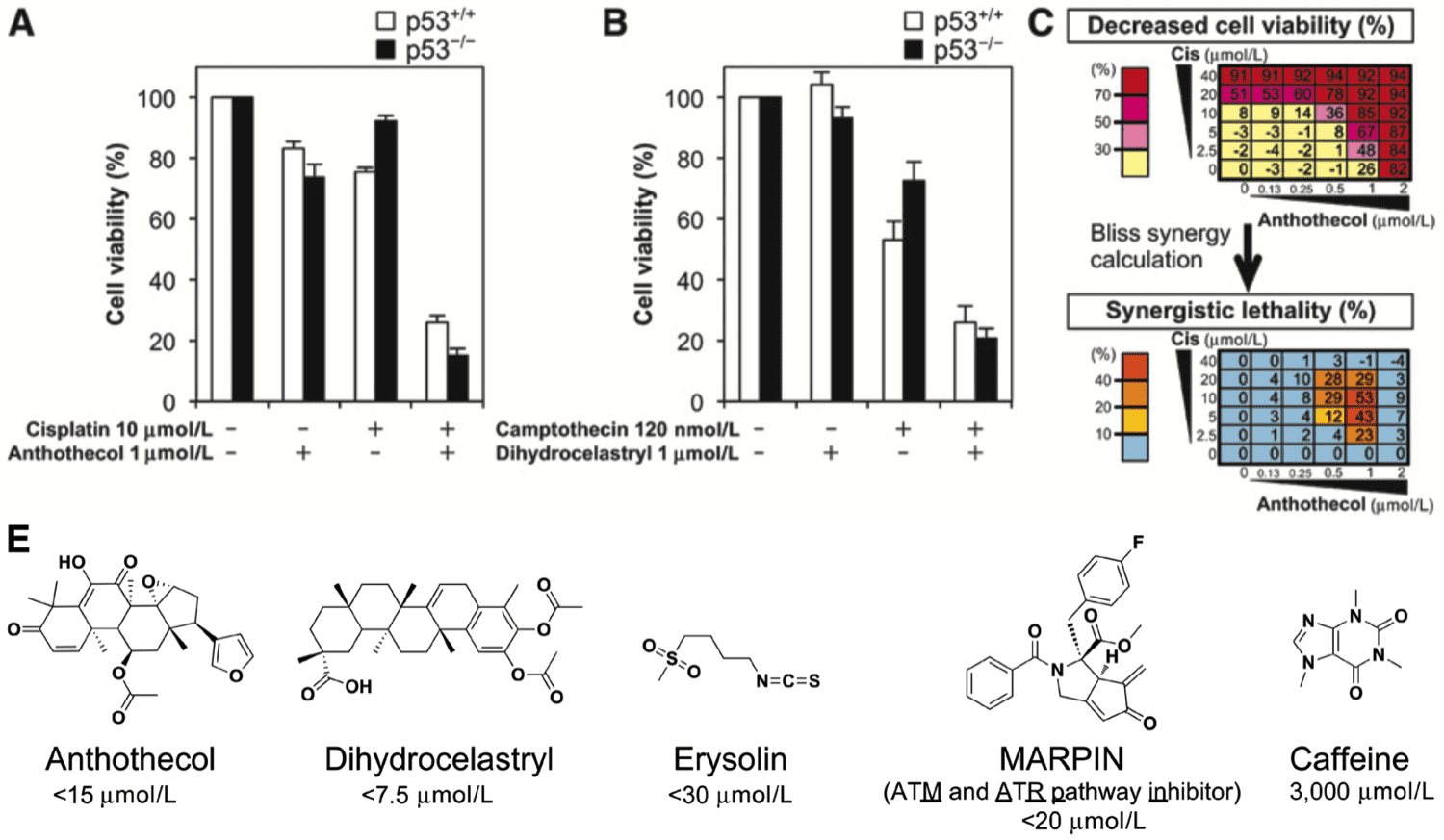Highlights Merkel cell carcinoma (MCC) is an aggressive cutaneous malignancy with a recurrence rate of…
Highlights
- Classical genetics uses mutagenesis as a means of elucidating the relationship between genes and phenotypes, whereas chemical genetics employs small-molecule compounds to achieve the same general goals.
- Small molecules are easy to apply to cells and work rapidly and often reversibly.
- Chemical compounds can be used to disrupt a single function of a multifunctional enzyme.
- Another unique mechanism of action of small-molecule inhibitors is the disruption of protein-protein interactions.
Abstract
Chemical genetics employs diverse small-molecule compounds to elucidate biological processes in a manner analogous to the mutagenesis strategies at the core of classical genetics. Screening small-molecule libraries for compounds that induce a phenotype of interest represents the forward chemical genetic approach, whereas the reverse approach involves small molecules targeting a single protein. Here, we review key differences between the goals for small-molecule screening in industry versus academia, recent developments in high-throughput screening, and publicly available resources of compound collections, screening facilities, and databases. A particularly exciting outcome of a chemical genetic screen is the discovery of a previously unknown role for a protein in a pathway together with compounds that affect the function of that protein. In illustrative cases, such discoveries have led to progress toward therapeutic development and more commonly have increased the size of the small molecule “toolbox” available to the research community for the study of biological processes.



